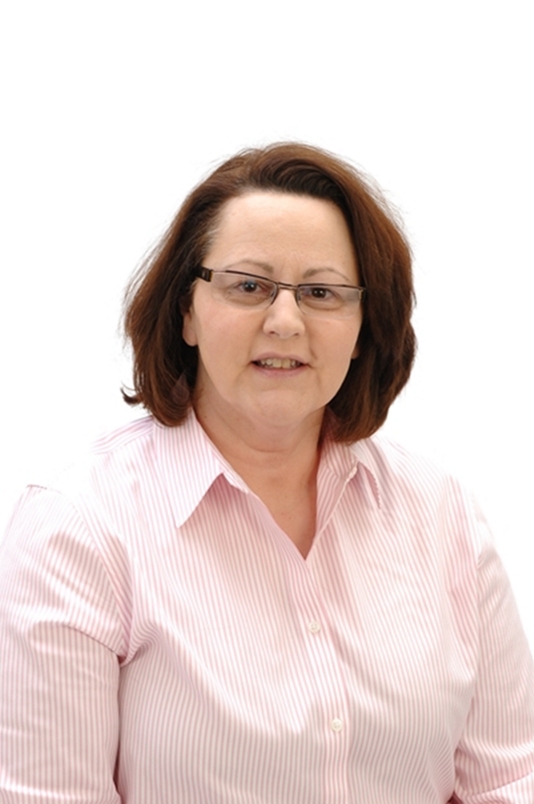
Section G is one of the most inaccurately coded sections of the MDS 3.0. This is primarily due to theinaccuracy of the supporting documentation for Activities of Daily Living (ADLs).
The definitions for residentself-performance coding and staff-support coding take time to understand and master. A clear understandingof the components for each of the 10 ADLs requires frequent reminders. Since ADLs are a fundamental part ofa resident’s daily care plan, clear communication shift-to-shift, day-to-day, unit-to-unit and facility-to-facility isessential to provide high-quality, person-centered care.
Documented declines in ADL performance affectQuality Measures and can be a “red flag” for survey citations, when therapy and/or restorative nursing are notimmediately involved. The four late-loss ADLs account for approximately 35% of Medicarereimbursement, with a similar amount for Medicaid reimbursement in case-mix states.The ADL coding issue demonstrates the fundamental reality of long-term care today:
Data = Quality = Reimbursement = Success
When teaching resident self-performance coding to front-line workers, the instructor must make a cleardistinction between “hands-off” and “hands-on” care. Encouraging staff to notice even the minor things aresident achieves alone helps them distinguish between extensive assistance and total dependence.
- Hands-off care will be coded as independent or supervision because the caregiver’s hands never touch the resident. The words “guiding” or “maneuvering” imply limited, hands-on assistance.
- The word “lifting” implies extensive hands-on assistance or total hands-on dependence. When teaching staff-support coding to front-line workers, hands-off and hands-on care again become important.
- No setup or physical help means the caregiver’s hands never touch the resident or the equipment.
- Set-up help does mean the caregiver touched the resident’s equipment. These codes would be used when resident self-performance codes are independent or supervision.
- Hands-on physical assistance of one or more persons uses the staff-support codes for limited assistance, extensive assistance or total dependence.
When teaching ADL definitions, it is best to start with the late-loss ADLs of bed mobility, eating, transfers andtoilet use. Once there is sustained improvement with these areas, teach the definitions for the remaining sixADLs.This information needs to be reinforced at orientation, annual competency checks, quarterly or monthly staffmeetings or education sessions, and during the observation period for each resident’s assessment. If thissounds like too much work, consider the consequences of inaccurate care plans, survey citations, and poorreimbursement.
Louann Lawson, BA, RN, RAC-CT, is an AHIMA Approved ICD-10-CM/PCS Trainer/Nurse Consultant/Clinical Reimbursement Lead, for Pathway Health.
Sources:
Brown, Bobbi, HealthCatalyst, “The Best Solution for Declining Medicare Reimbursements” retrieved from
https://www.healthcatalyst.com/best-solution-for-declining-medicare-reimbursement/.
Minnesota Department of Health, “Revised MDS 3.0 RAI Manual, Section G and Case Mix Review Audits effective October 1, 2013” retrieved from
http://www.health.state.mn.us/divs/fpc/profinfo/cms/cmmdsrai093013.html.



